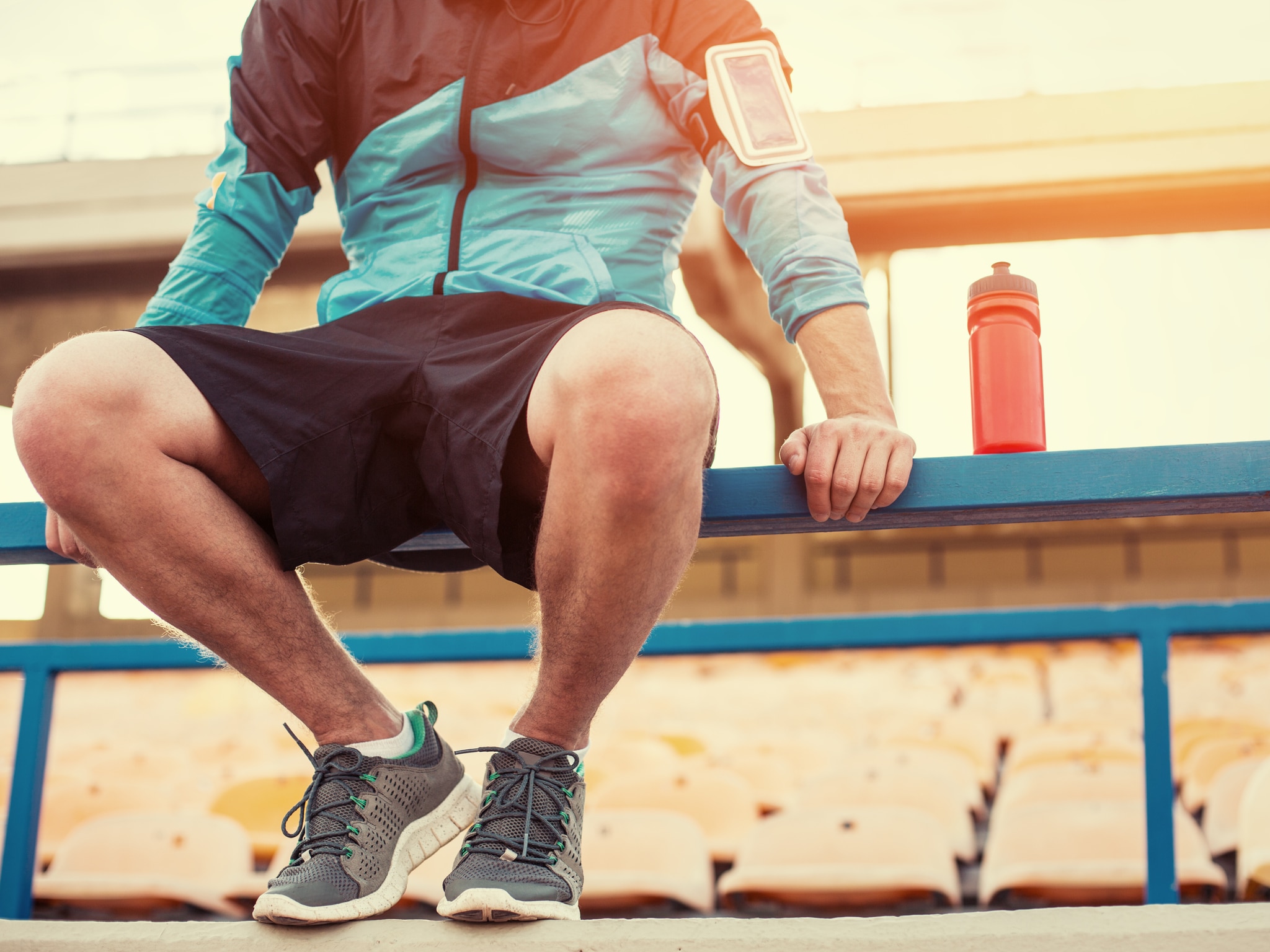How do I reduce the risk of muscle pain and injuries?
You just finished your training as suddenly your muscles start to ache. A damper on your enthusiasm. Find out which types of muscle pain exist and what you can do to prevent it.
There are 2 types of muscle pain
Muscle pain is simply put a feeling of pain in a muscle. This pain can take different forms: from a burning sensation to nagging muscle pain and even stiffness. Muscle pain that occurs as a result of exercise comes in two forms:
1) Early muscle pain
The pain or rather the burning sensation in your muscles is explained by the fact that your muscles have to make such an effort that your body is insufficiently able to deliver the needed amount of oxygen to your muscles. Lactic acid is produced through all kinds of biological reactions, which explains the burning sensation.
2) Delayed-Onset Muscle Soreness
Usually occurs about 24 to 48 hours after your workout and disappears after 72 hours at the latest. The muscles hurt and are strained. The pain you experience is a form of stiffness in your muscles and is caused by microcracks in the connective tissue of your skeletal muscles.
Stiff muscles the day after my run
Do you have sore muscles the day after your run? Then you are dealing with delayed muscle pain. Movements in which the body has to absorb a lot of shocks, such as when running, damage the muscle fibres. The waste products that are created as a result are released gradually, meaning you experience the painful feeling later on. We do not recommend you keep exercising with muscle pain, because damaged muscles are much more susceptible to injury. Take an extra day of rest if your muscle pain has not yet disappeared with the next workout. Advanced runners could choose to do an extra recovery training as this aims to remove the waste products more quickly.
How do I get rid of my muscle pain?
There are split opinions on the best way to treat muscle pain. But our tips below can help:
1. Always start your training with a good warm-up, this is included in the training schedules by running at an easy pace for the first minutes.
2. Stretch your muscles after training. You can find tips about stretching in another blog post.
3. A massage promotes blood flow to your muscles. More blood to your muscles means more oxygen and a better recovery.
4. Take a cold shower or immerse your legs in an ice bath for about ten minutes after your workout. Many professional athletes love this method.
5. Recovery starts with taking the right food (mainly proteins in combination with some carbohydrates). If you want to use a recovery bar or shake, you must take it within the first 30 minutes after your workout.
6. Enough rest is key: 8 hours of sleep per night is recommended. And for novice runners there should be at least 1 rest day between training sessions to allow your body to recover sufficiently.





